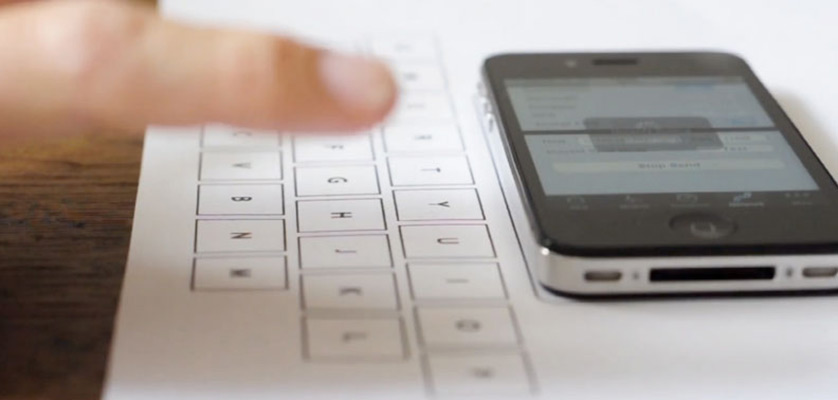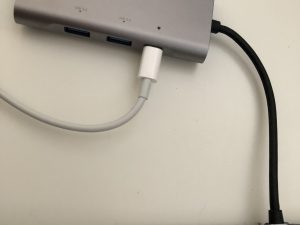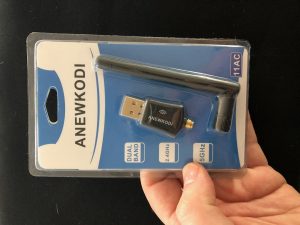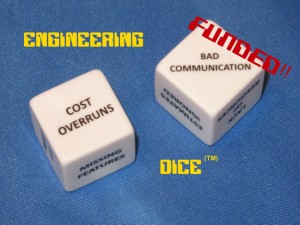Why can’t we turn any surface into a “virtual” keyboard? We have gotten used to the idea of typing solely on physical keyboards, but wouldn’t it be cool to just start typing away on any rigid surface, like your desk or kitchen counter to write an email or a quick reminder about something?

I don’t think I’ll ever miss the feeling of burying my fingers deep in an old clunky keyboard six times just to type my first name – worse if I had to write a paper. But it’s just as bad if I have to write a long text or email on a tiny iPhone keyboard. Florian Kräutli (who resembles a young wizard), a Swiss designer and MSc Cognitive Computing student at Goldsmiths in London has developed a new system for smartphones that allows users to replicate the experience of typing on a physical keyboard, anywhere.
Kräutli, who is also known for his amazing Human Antenna, which is a carpet made of conducive thread and is attached to a radio that allows you to change stations simply by walking on it, calls his keyboard the Vibrative Virtual Keyboard. The device essentially turns any surface into a virtual keyboard by analyzing the vibrations emanated from typing. Kräutli, like most of us, was fed up with the constraint of trying to ergonomically fit all our fingers on a tiny iPhone keyboard. Where the keyboards of yesteryear were clunky, it seems the tables have turned and it is now our fingers that have become too clunky. Touché.
Not requiring external hardware, the Vibrative Virtual Keyboard taps into an iPhone’s built-in accelerometer, which is able to measure the vibrations caused by typing on any hard surface. The software collects all examples of the keys and determines, based on the previous data, which key has been pressed. The device can also detect keystrokes with an accuracy of up to 80% and fixes what the user intended to write by using a spell check algorithm.
Good riddance tiny iPhone keyboard. The Vibrative Virtual Keyboard is the perfect solution to the problem of how to design intuitive and ergonomic keyboards for our ever-evolving devices. The technology has been developed for Apple’s iPhone 4, but can have applications elsewhere as well, yet there are no plans as of yet for a wide release.






